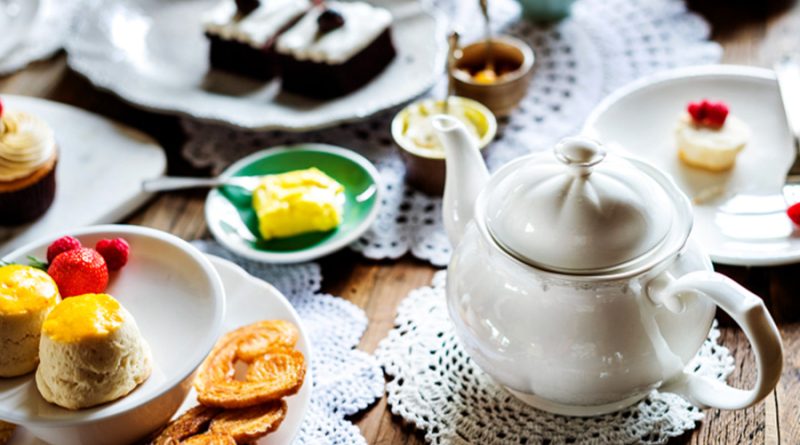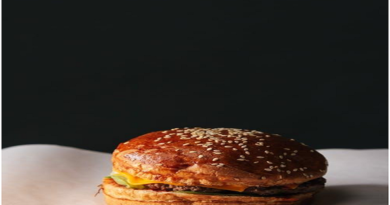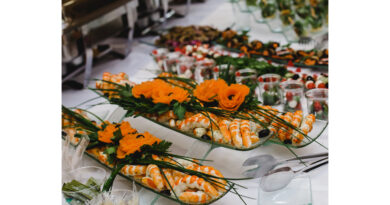Tea Break Catering Etiquette: Tips for Hosting Clients and Colleagues
A well-organised tea break during meetings or corporate events is an opportunity to leave a professional impression and encourage networking in a relaxed setting. In Singapore, tea break catering has become a staple in corporate culture, offering convenience and variety. However, proper etiquette is essential to ensure the break is productive, inclusive, and reflective of a company’s values. Whether you are hosting clients or engaging with internal colleagues, understanding the nuances of the etiquette for tea break catering can enhance your hospitality efforts.
Choose the Right Menu for the Occasion
Menu selection is one of the most crucial elements of tea break catering. Always consider the nature of the event and the dietary preferences of the attendees. For client-facing events, opt for a refined selection of finger foods, both sweet and savoury. Items such as mini pastries, fruit platters, and sandwich bites are usually safe bets. For internal meetings or casual sessions, you may include more variety, such as local favourites or warm snack items.
When planning for tea break catering in Singapore, it is also crucial to consider dietary restrictions. Offering vegetarian, halal, and gluten-free options ensures inclusivity among guests. A balanced menu with both light and indulgent items will cater to a broad range of tastes without appearing excessive or too minimal.
Presentation and Layout Matter
The way food is presented can significantly affect how guests perceive your professionalism. Avoid cluttered trays or unlabelled dishes. Instead, work with the catering provider to arrange a neat and organised setup that identifies each item. Use warmers when serving hot snacks, and ensure beverages are easily accessible with necessary condiments such as sugar, stirrers, or milk alternatives nearby.
Serving utensils, napkins, and disposable plates or eco-friendly alternatives should be placed logically along the table for a smooth flow. In a formal setting, staff may be assigned to assist with service or replenish the setup. Meanwhile, for smaller internal sessions, self-service may suffice if arranged thoughtfully.
Timing and Flow of the Tea Break
Timing is key when integrating a tea break into an event schedule. Avoid placing it too early or too late. For half-day sessions, scheduling the break midway allows participants to refresh without disengaging completely from the agenda. For full-day events, having two tea breaks, one in the morning and another in the afternoon, helps maintain energy levels among guests.
Inform attendees of the break schedule in advance. When clients are involved, offer them priority in the queue or serve them directly if possible. Ensuring a smooth flow of people to and from the catering area prevents congestion and makes the session feel well-managed. Availing tea break catering services can help streamline operations on the day of the event.
Maintain Professional Interaction During Breaks
While tea breaks are informal, they still happen in a professional setting. Encourage respectful and light-hearted conversations, especially with clients. Avoid discussing contentious topics or overly personal matters. Use the time to build rapport and establish connections without making others feel cornered or pressured.
Ensure staff and colleagues maintain polite behaviour, especially in shared spaces. Encourage timely returns to the session to show respect for the speaker or the agenda. Avoid overindulging in food or hoarding items, as these behaviours reflect poorly on the host.
Cleanliness and Post-Break Management
After the tea break, cleanliness becomes a shared responsibility. If using external tea break catering services, confirm they handle the cleanup. If self-managed, assign team members or rotate roles to clear disposables and sanitise the area promptly. Unattended food waste or clutter detracts from the overall professionalism of your event.
It also helps to provide bins for recycling and waste disposal nearby. These simple yet important practices ensure a seamless transition back into the work session. It also demonstrates attention to detail and consideration for the environment.
Conclusion
Proper etiquette in tea break catering in Singapore reflects your company’s culture, attention to detail, and respect for guests’ time and preferences. In Singapore’s fast-paced corporate environment, executing a well-managed tea break can foster stronger working relationships and enhance the overall experience for clients and colleagues. By prioritising menu suitability, presentation, timing, and post-break organisation, your tea break can be both practical and memorable.
Planning your next corporate session? Contact Swee Heng Corporate for dependable and well-presented tea break catering solutions.




